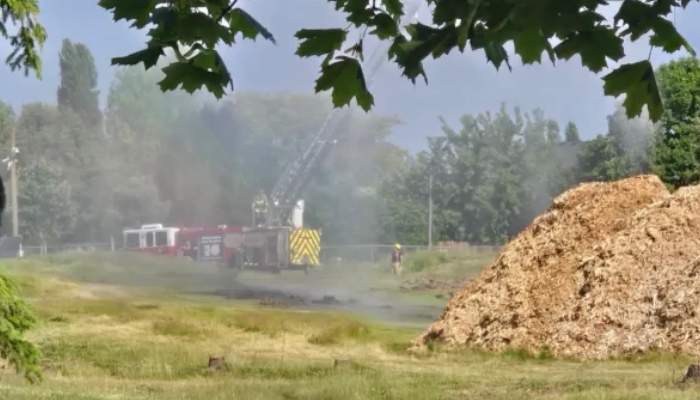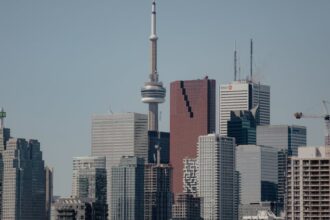The once-peaceful Millcroft community in Burlington is now at the center of a heated debate as residents rally against a proposed development they fear could threaten both their health and safety. The controversial plan, which would transform parts of the established Millcroft Golf Course into housing, has united neighbors in unprecedented opposition as they raise alarm over potential environmental and infrastructure impacts.
“We moved here because of the green space and the community feel,” says Catherine Robertson, a 15-year Millcroft resident who joined hundreds at a recent town hall meeting. “This development doesn’t just change our neighborhood—it fundamentally alters the environmental balance we’ve come to rely on.”
At the heart of residents’ concerns is the potential for increased flooding. The area already experiences water management challenges, with several homes reporting basement flooding during heavy rainfall events. Hydrological experts consulting for the community association warn that replacing green space with impermeable surfaces could exacerbate these issues, potentially creating a public health crisis through water damage and subsequent mold growth.
Air quality represents another significant concern. A recent environmental assessment commissioned by local advocacy groups suggests the loss of mature trees and increased traffic from new housing units could lead to measurable declines in air quality, particularly affecting vulnerable populations such as children and seniors who comprise nearly 40% of the current Millcroft population.
The development proposal, which includes 98 detached homes and several multi-unit buildings, would reduce green space by approximately 20 acres according to planning documents submitted to the Burlington Planning Committee. City officials find themselves caught between development pressures and the passionate pleas of current residents.
“This isn’t simply about maintaining property values or resisting change,” explains Dr. Alan Peterson, an environmental health specialist who addressed the council meeting. “We’re talking about tangible health outcomes that correlate directly with access to green space, air quality, and proper water management.”
The Millcroft situation highlights a growing tension across Canadian municipalities as they balance housing needs with environmental preservation. Data from Statistics Canada shows that urban densification projects have increased by 34% over the past five years, often generating similar conflicts between developers and established communities.
“What we’re seeing in Millcroft reflects a larger pattern,” notes urban planning professor Melissa Jenkins from McMaster University. “Communities are increasingly vocal about the need for development that respects existing infrastructure capacities and environmental realities.”
The developer, Argo Development Corporation, maintains that their plans include significant measures to address these concerns, including state-of-the-art stormwater management systems and the preservation of several green corridors. Their representatives point to housing shortages across the Greater Toronto Area as justification for the project.
“We understand community concerns,” says James Harrison, Argo’s director of community relations. “But we’ve designed this development with environmental sustainability as a priority, not an afterthought.”
The Burlington City Council has scheduled additional public consultations before making a final decision, expected by early summer. Meanwhile, residents continue gathering signatures for a petition that has already accumulated over 6,000 names.
As communities across Canada watch this unfolding situation, the fundamental question remains: how do we balance the pressing need for housing with the equally important imperatives of public health, environmental sustainability, and community well-being?


















